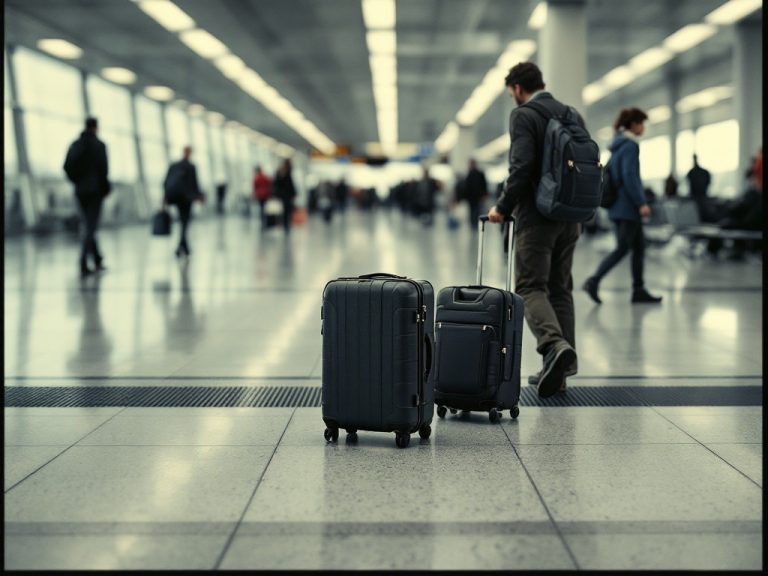Heathrow, London Airport is not only the UK’s largest airport, but also one of the most important hub airports in the world. It serves millions of passengers each year and is a key transport hub connecting Europe with the rest of the world. In the following article you will find the most important information about the most popular destinations, airlines and other curiosities 😉 Welcome to read!
History and development
Heathrow began in 1929 with a small private airport. During World War II, the area was taken over by the British Aviation Ministry and expanded as a RAF base. The first regular civilian flights began in 1946, when the airport was officially opened under the name London Airport. The name Heathrow, derived from the name of a nearby village that was demolished for the construction of an airport, was officially adopted in 1966.
Over the decades, Heathrow has undergone numerous extensions and upgrades. In 1955, the first dedicated passenger terminal was opened, designed by the famous architect Frederick Gibbard. The following decades saw the opening of Terminals 2, 3 and 4, and in 2008 the impressive Terminal 5 was commissioned, which cost £4.3bn and was then the largest terminal building in the world.
Infrastructure
Currently, Heathrow consists of four passenger terminals (Terminals 2, 3, 4 and 5) after the original Terminal 1 was closed in 2015. The terminals are connected by a system of free Heathrow Express and Heathrow Connect trains, buses and underground pedestrian crossings, which enables efficient movement between them.
- Terminal 2 (The Queen’s Terminal) was opened in 2014, serving mostly Star Alliance lines.
- Terminal 3 – operates long-haul flights of various airlines, including many members of the Oneworld alliance and parts of SkyTeam.
- Terminal 4 – dedicated mainly to airlines from the Middle East, Asia and some European carriers.
- Terminal 5 is a flagship, state-of-the-art terminal used mainly by British Airways and Iberia.
Airlines and destinations
Heathrow is home to more than 80 airlines that fly to more than 200 destinations in around 85 countries. The dominant carrier is British Airways, for which Heathrow is the main base airport. Other major airlines present at Heathrow include Virgin Atlantic, American Airlines, Emirates, Lufthansa, Air France, KLM, Cathay Pacific, Singapore Airlines and Qatar Airways.
Most popular international destinations
The most popular international destinations from Heathrow are New York, a key business connection between the two global financial capitals, and Dubai, functioning as an important connecting point and business center of the Middle East. Other popular destinations include Dublin, Amsterdam, which is an important connecting point and business center, Hong Kong, Singapore as a strategic connecting point for flights to Australia and Southeast Asia. Frankfurt, Madrid, Paris and Toronto are the other major routes to Canada.
Popular domestic destinations include: Edinburgh, Glasgow, Aberdeen, Belfast and Manchester.
Transport connections
One of Heathrow’s key assets is its excellent integration with the transport network of London and the whole of the UK:
- London Underground (Metro) – Piccadilly line provides direct connection to all terminals
- Heathrow Express is a high-speed train to central London (Paddington station) that takes only 15 minutes
- TfL Rail (Elizabeth Line) is a railway line that connects the airport with the city center and East London
- Local and long-distance buses – an extensive network of connections
- National Express – coach connections with major cities in the UK
- M4 motorway and M25 road – direct access to the British road network
To conclude, Heathrow is not only an airport, it is also a strategic player in the global network of air connections. Whether it’s a starting point or a connecting point, Heathrow remains one of the most important hubs in the world’s air transport network, serving millions of passengers who travel around the world.






